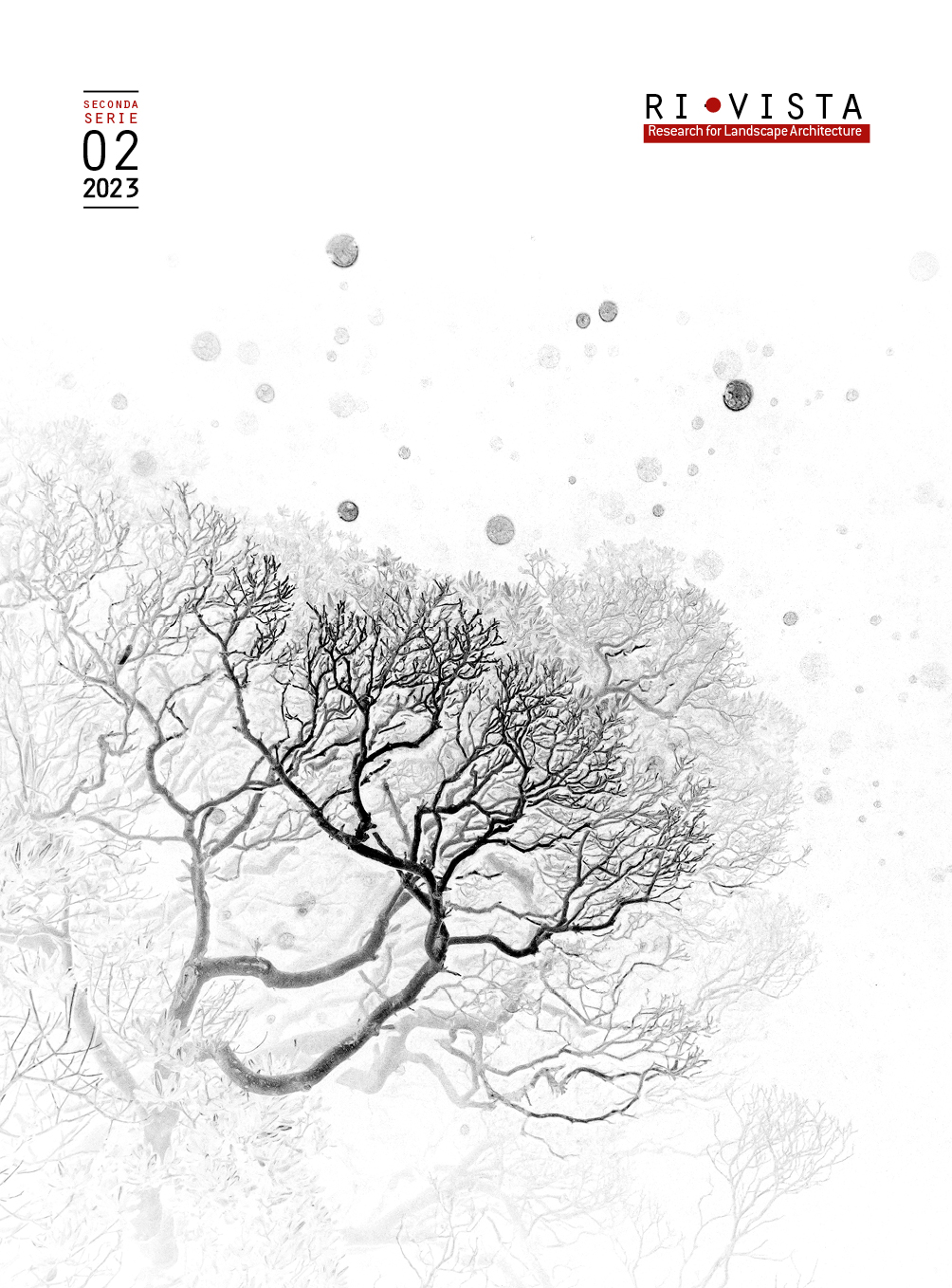Published 2024-05-27
Keywords
- Urban grasslands,
- Biodiversity,
- Third landscape,
- Parma
How to Cite
Copyright (c) 2024 Alessandro Petraglia

This work is licensed under a Creative Commons Attribution 4.0 International License.
Abstract
Urban green areas, refuges for biodiversity in human-modified environments, offer unique ecosystem services, aesthetically pleasing spaces and sources of psycho-physical well-being. However, these environments, which have been undervalued as a human resource, are often perceived as invisible or useless spaces, only waiting to be filled with buildings, car parks, or roads. In order to highlight their biodiversity it is necessary to recognize their main actors, i.e. plant species. Measures must, therefore, be taken to increase and protect the biodiversity of these spaces, preventing them from being transformed into merely functional areas for human use. The project launched at Parma University Campus aims to mitigate human pressure on lawns by reducing the number of cuttings, a practice which benefits biodiversity. As a result, diverse plant species which, in turn, provide ecological niches for numerous animal species, will repopulate these green areas. In addition – and probably the most important outcome – circular flowerbeds will stimulate curiosity on the part of students and visitors alike, encouraging them to ask questions about what they see, thus revealing the presence of the lawns, freeing them from anonymity and giving them a new role in the conservation of biodiversity refuges in urban contexts.

